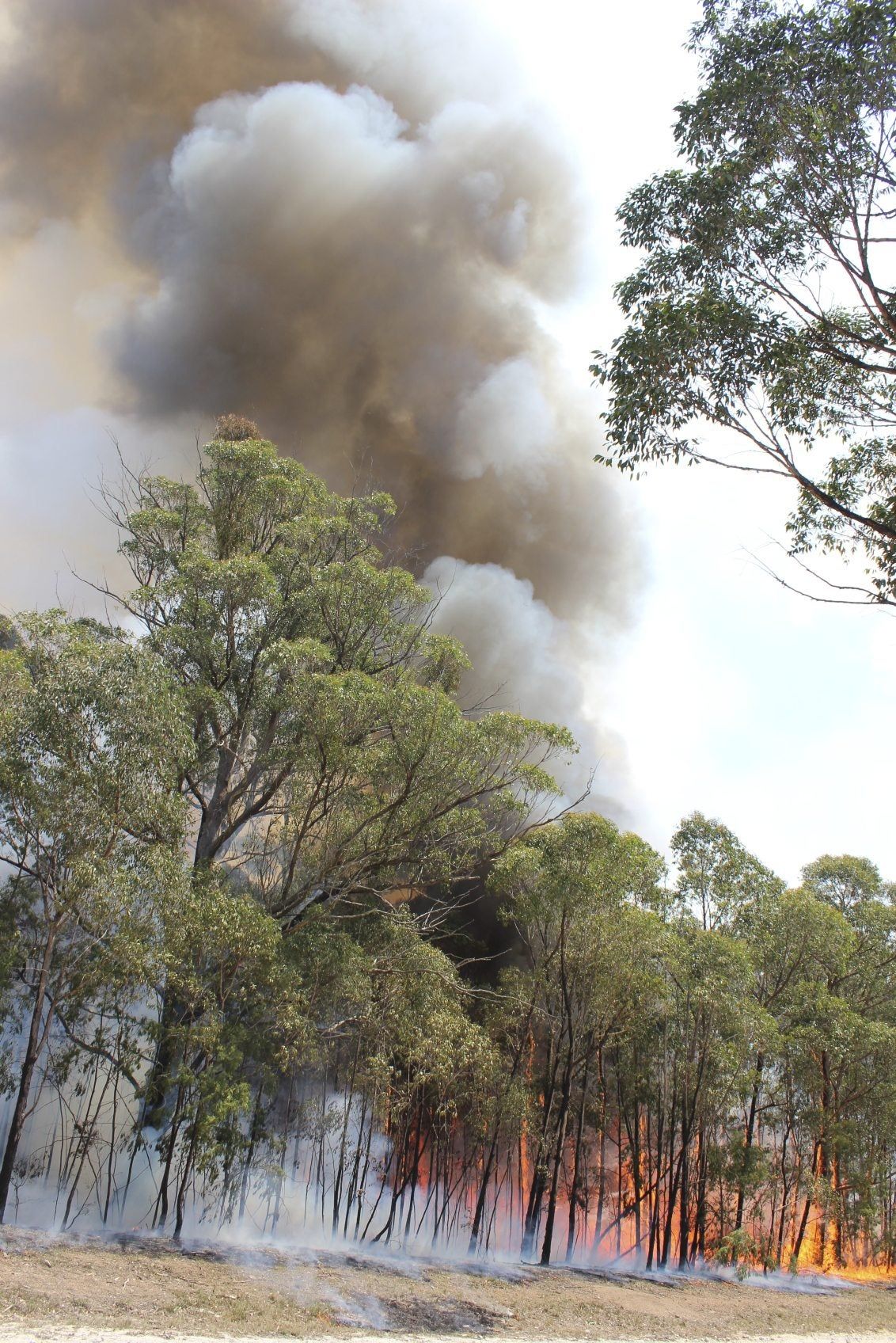Into the Night
Verified User
There are many varieties of tumbleweed, including native species across the deserts of the Southwest and on into Texas. The Russian Thistle is an invasive species, but it's only just another tumbleweed.Introduced invasive species are certainly a problem, just look at the Russia Thistle, aka , the Tumbleweed.
It will take time, and patience to achieve a new equilibrium.
There is much we could learn from this experience.
-
Tumbleweeds aren't really a problem until they find a fence near a road. They pile up there in great bunches. If a fire hits them, they rise into the air and carry the fire across the road.
Oh...and the seeds still survive, to reclaim the burned area with new tumbleweeds.
Fires always occur in deserts. There is dry stuff to burn, and lightning storms that start fires. Sometimes all it takes is a dewdrop to start a fire.
That's not where the arsonists live.
Democrats prohibited removing dry brush, so...it burns. Arsonists start these fires in the name of the Church of Global Warming to 'prove' how dangerous 'climate change' really is.
(Climate cannot change...the phrase is just another attempt to rename the Church of Global Warming)
Last edited:




